2 April 2025
Audi’s iconic Quattro celebrates its 45th birthday in 2025 – an oft overused adjective, but surely applicable to one of the German manufacturer’s most famous models. The impact Audi’s all-wheel drive coupe had on the automotive world can scarcely be overstated, with the Quattro dominating motorsport and inspiring road-going models ever since.
The Quattro’s prologue
For starters, we’re aware that Audi prefers the word ‘quattro’ to be written in lower-case, and continues to do so when referring to its all-wheel drive system. But house style being what it is, and sub-editors often pushing back on marketing ideas, we’ll stick with a capital ‘Q’ for now.
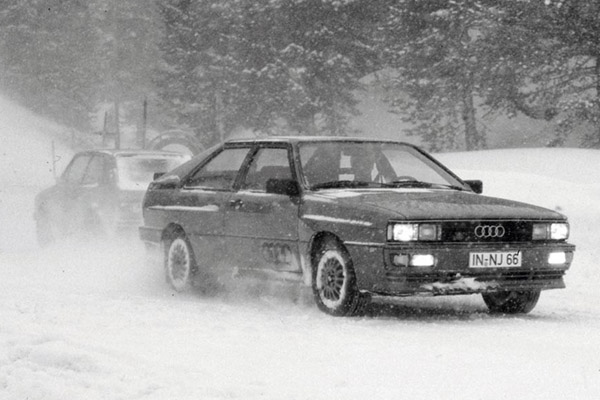
The Ur-Quattro (“Ur” meaning “original”) actually started in early 1977 as an idea by Audi chassis engineer Jorg Bensinger, who saw Volkswagen’s Iltis off-road vehicle testing in Finland; it was being developed as a potential vehicle for the German army. Bensinger was inspired by the all-weather grip available and took his concept to then Audi technical director Ferdinand Piech, of developing a four-wheel drive version of the Audi 80.
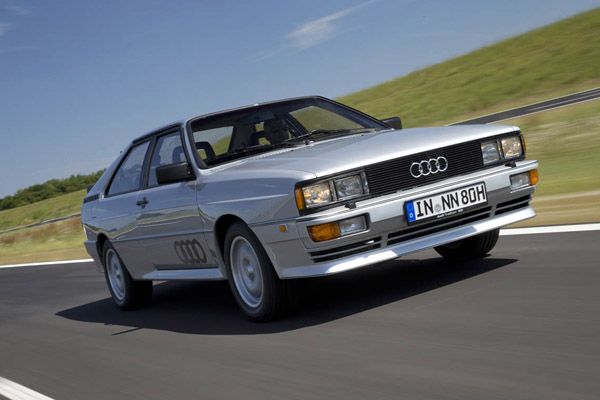
While far from a ground-breaking idea in itself – the Jensen FF had been one of the first all-wheel drive passenger car, as opposed to a tailored off-roader such as a Jeep or Land Rover – the Quattro was aimed to be the first time that all-wheel drive would come to a mass-market car.
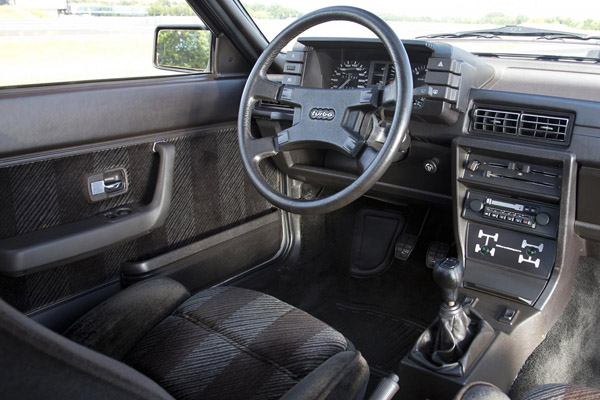
In the end, this was only half accurate. While the Quattro was within greater reach of most buyers than the British grand tourer, it was far from an ‘everyman’ machine. When launched, the Quattro was priced at more than twice the price of the Coupe GT – a model built on the same platform.
Development and launch
Audi launched the Quattro at the Geneva Motor Show in 1980, and reached the UK a year later, with initial models only in left-hand drive. High prices put the Quattro more in the reserve of Porsche 911 buyers than the hot-hatch market.
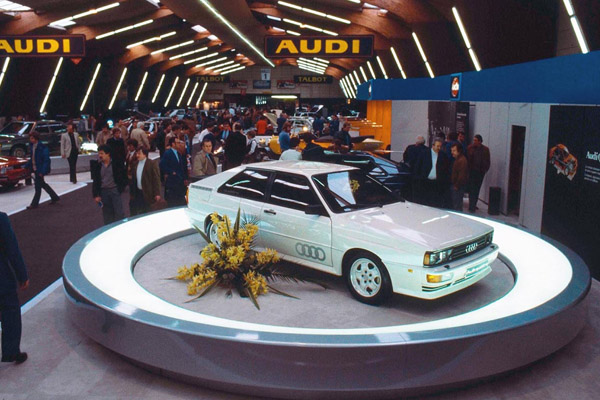
Following almost three years of development, the Quattro was vaguely based on an Audi 80 chassis, while a 2.1-litre five-cylinder turbocharged engine was sourced from the Audi 200, producing 200hp for a 0-60mph time of 7.3 seconds and a top speed of 137mph.
Outright figures were impressive, but what was more so was its real-world performance, with the Quattro able to keep just about anything on four wheels behind it on a country road. It was laying the foundations for the Quattro’s biggest party trick – World Rally Championship dominance

A hint at the Quattro’s performance potential came unofficially almost, as a pace car for the 1980 Algarve Rally. Driver Hannu Mikkola drove the routes ahead of the competitors, and – should he have been properly timed – would have finished the event around half an hour faster than the actual winner.
The next year, Audi officially entered the Quattro into the championship, after winning at its first attempt, on the Austrian Rally. The first WRC event was conquered in Sweden, and later that year, Michele Mouton became the first woman to win a WRC event at San Remo, with Mikkola’s victory at the season finale RAC Rally living long in the memory with an eleven minute win, despite rolling on the first night.
After a ‘soft launch’ in 1981’s WRC season, the Quattro took the constructors’ championship the next year, with victories in Sweden, Portugal, Greece, Brazil, Finland, Italy and the UK. The rest of the world had started taking notice by now, and it was clear that all-wheel drive was the way to go to win rallies.
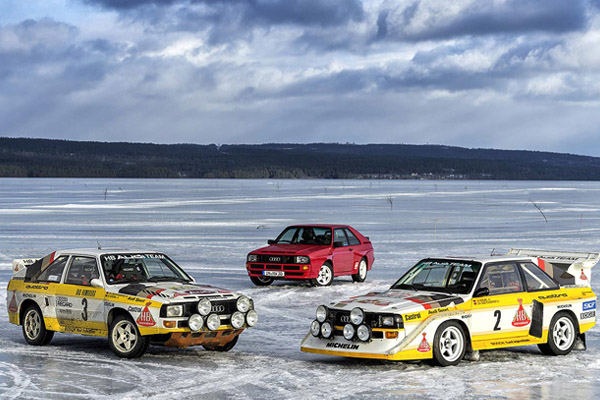
In 1983, Audi was narrowly pipped to the post by Lancia’s 037 – the last two-wheel drive machine to win the WRC – in a season that has gone down in legend, with both manufacturers and their roster of drivers pulling out the stops across a phenomenal season. In 1984, Audi regained its title, but by then the likes of Lancia, Peugeot, and Ford had all also developed 4x4 machines, as Group B rallying’s sensational speed gained fans around the world – which Audi competed in with its Sport Quattro S1; a model powered by a 500hp 20-valve unit.
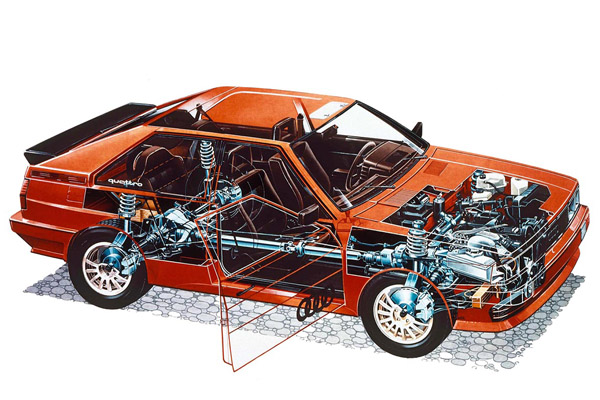
Audi’s catalyst
With success not only on the WRC circuit, but also in national events and showpieces such as Pikes Peak, Audi’s still relatively young reputation flourished. Coinciding with the Vorsprung Durch Technik slogan’s appearance, Audi’s image as a vibrant, premium, and sporty brand was being fixed into public consciousness.
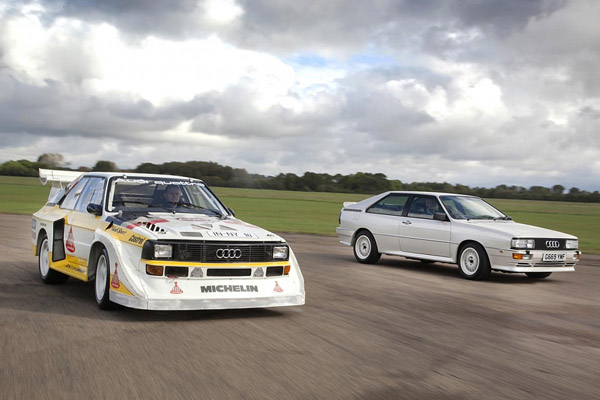
Developments of the Quattro only really continued this theme, with adaptations to the engine, such as the launch of the 20v model, the launch of the Sport Quattro in 1983, and tweaks for homologation purposes such as the short-wheelbase S1 model. The Quattro founded a lineage for Audi to exploit in terms of performance cars, such as the TT, RS models, and R8 supercar, as well as founding ‘quattro’ as its four-wheel drive system, known even by those who know nothing about cars.


COMMENT